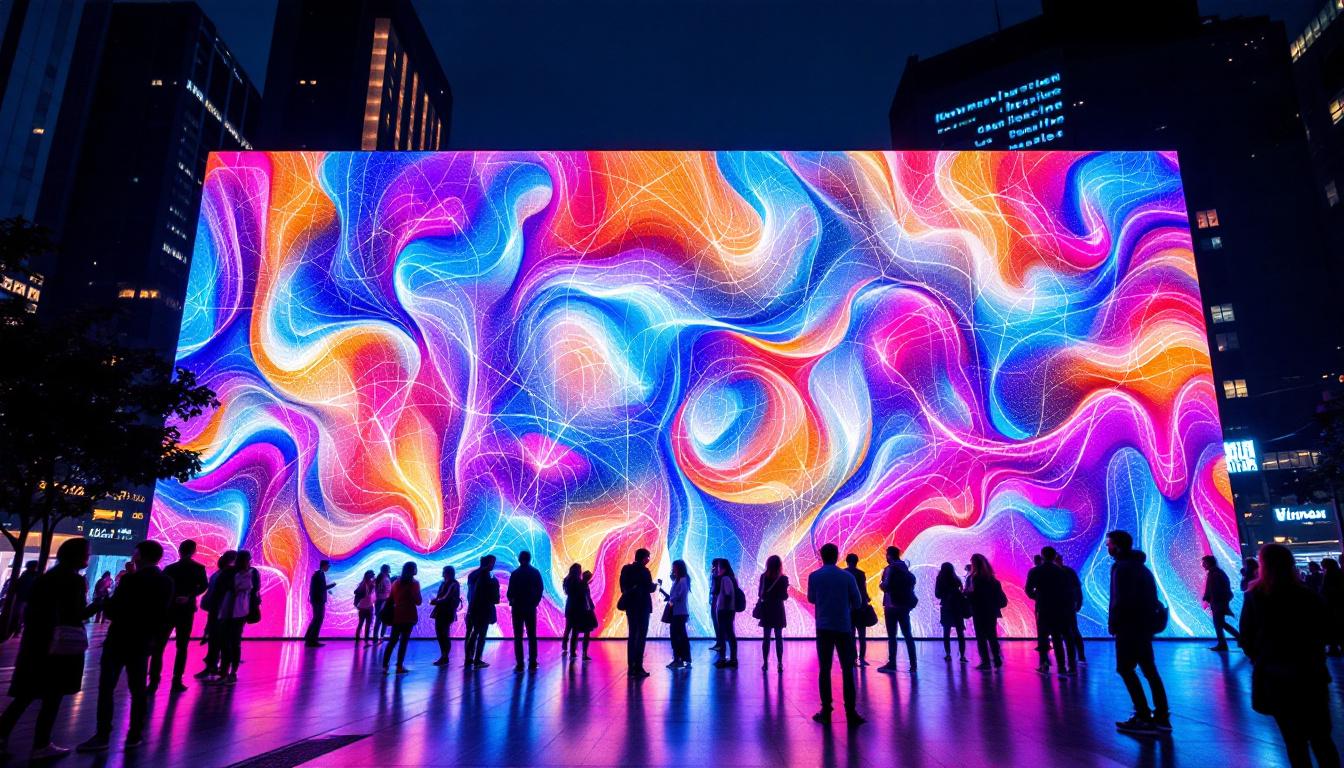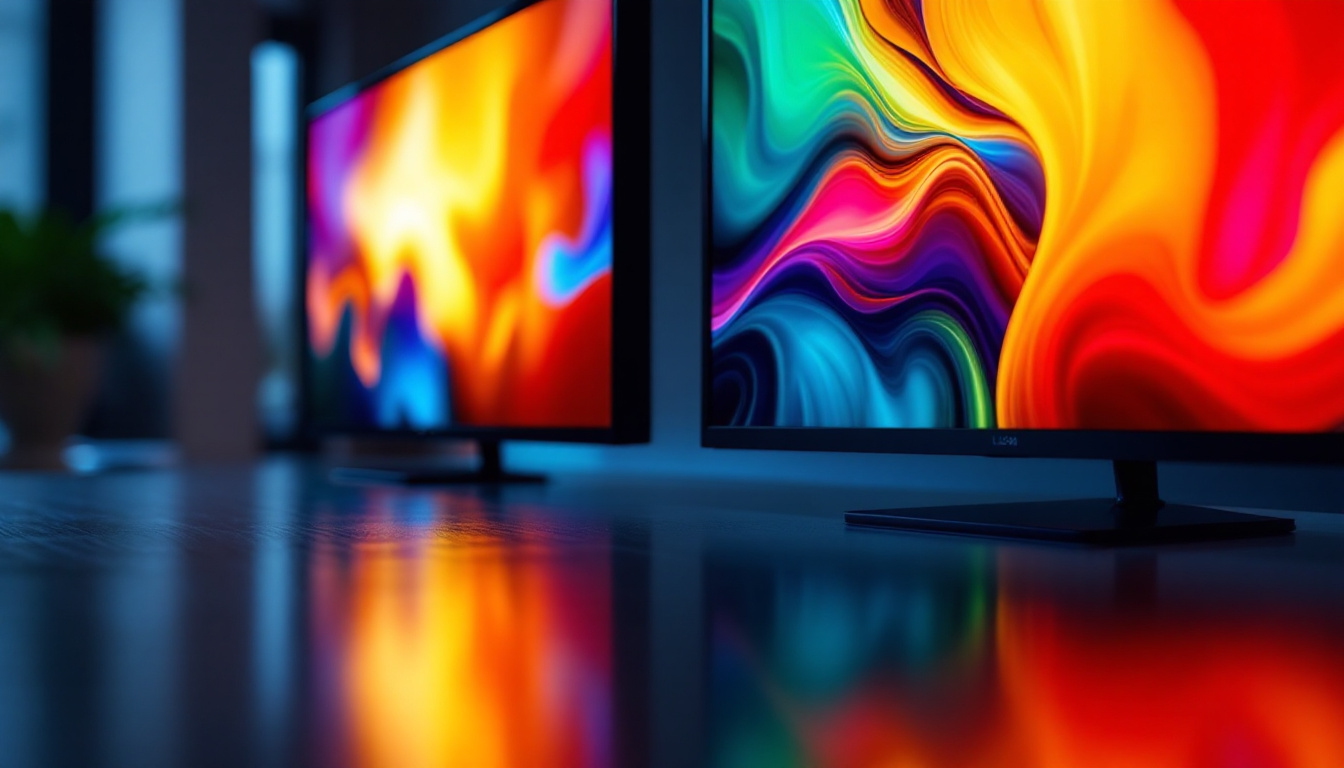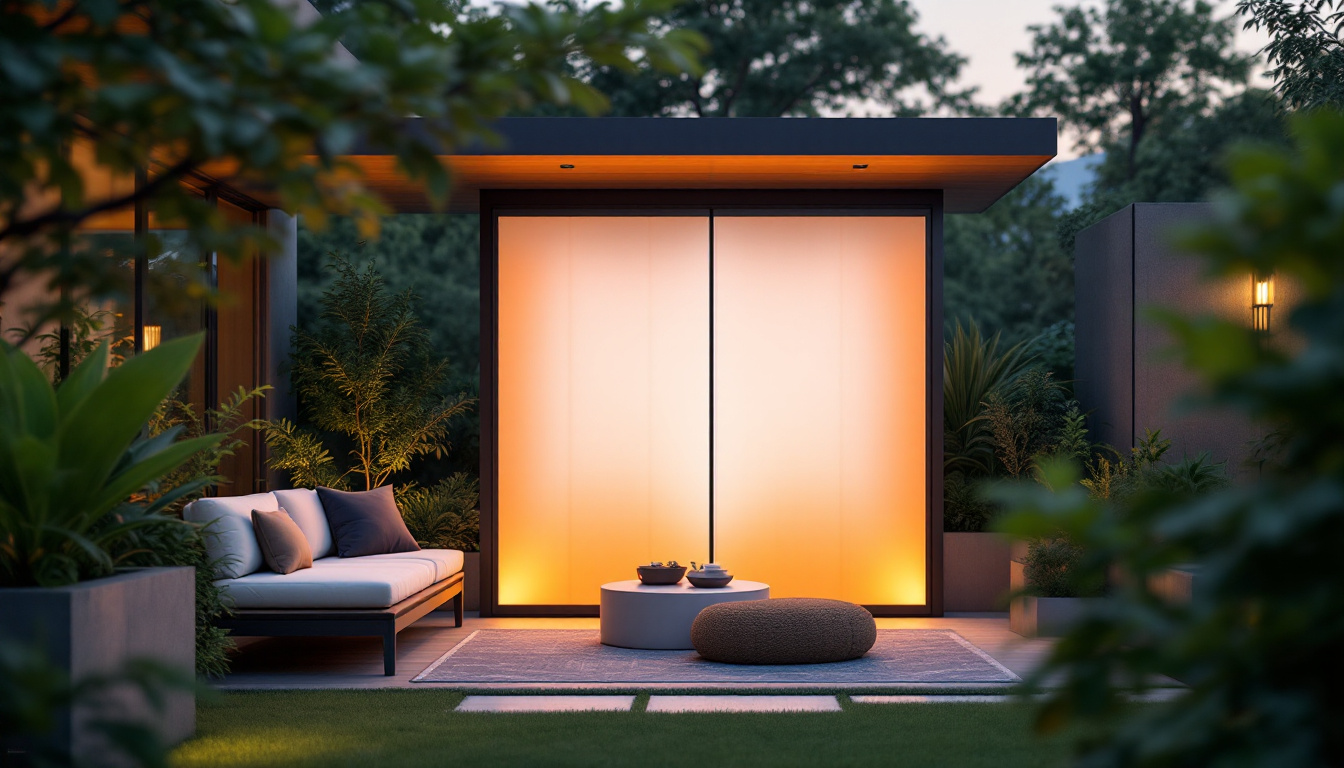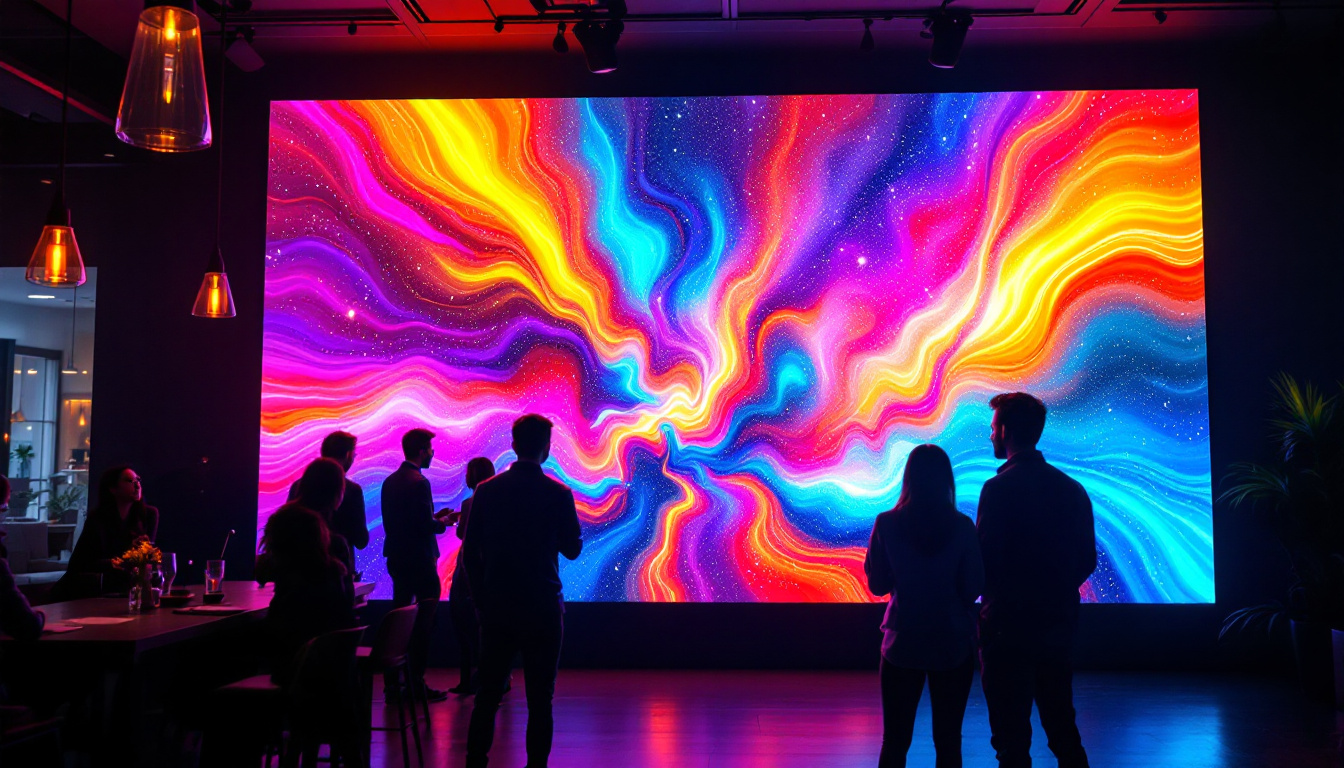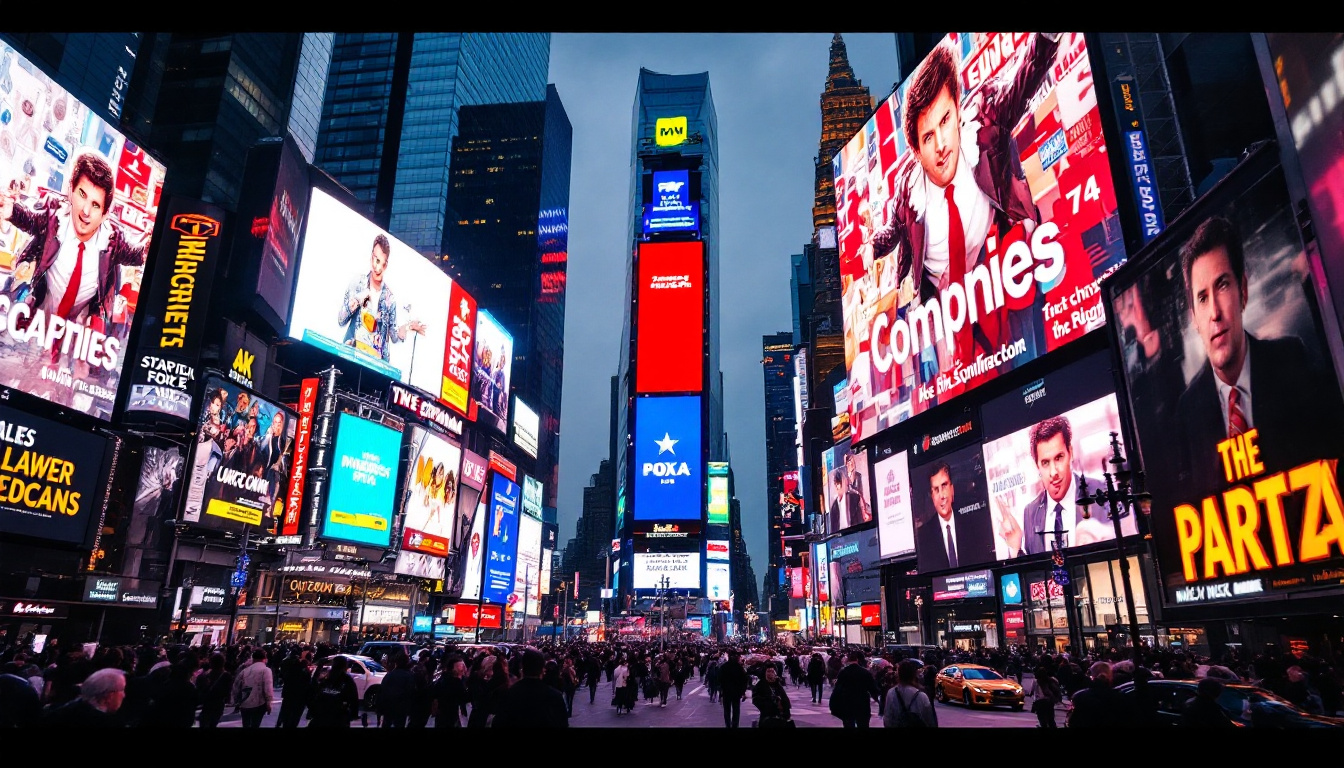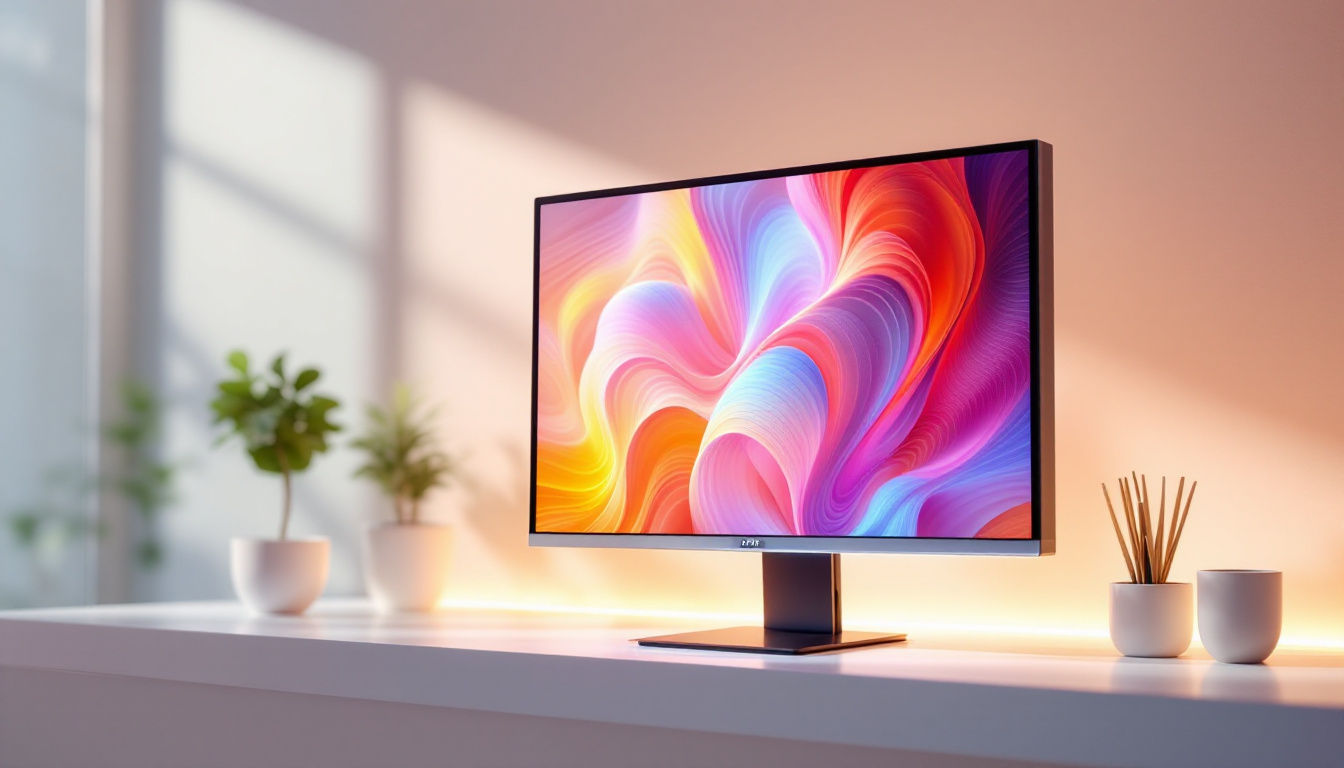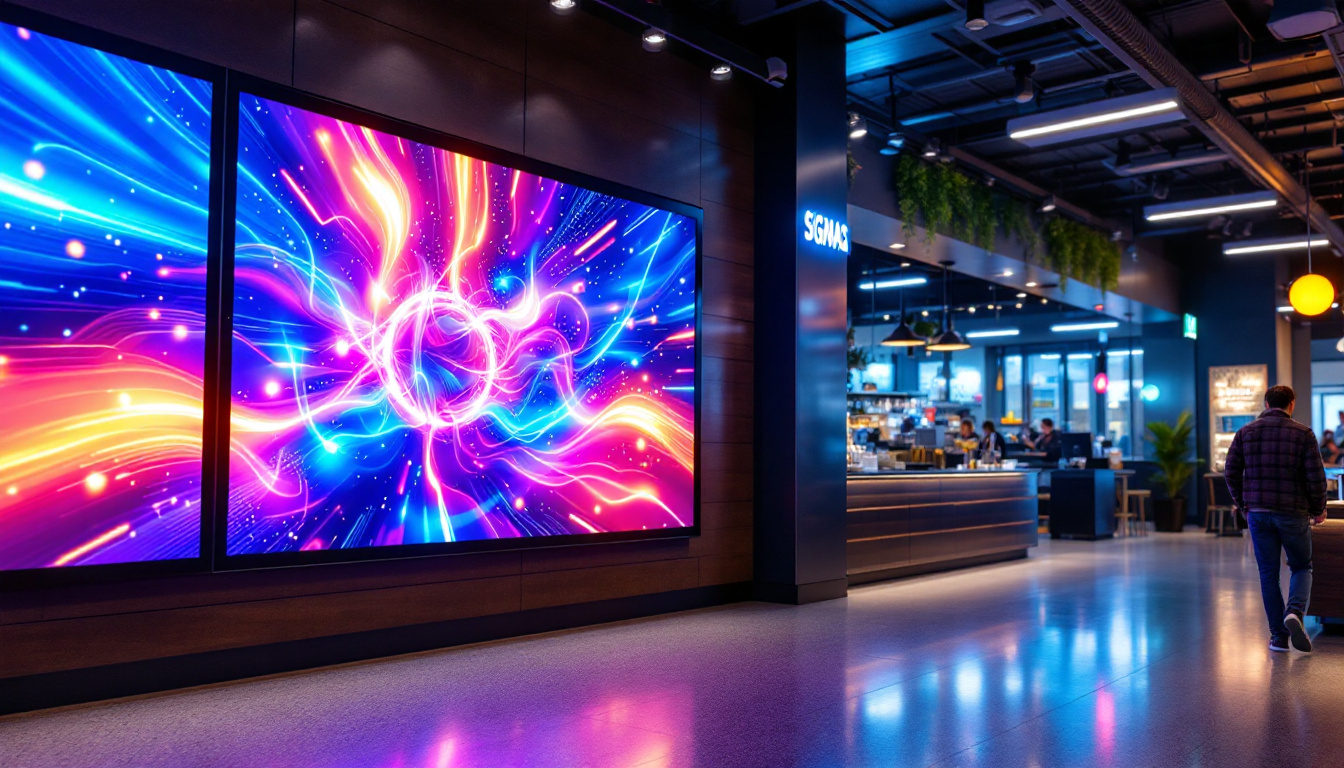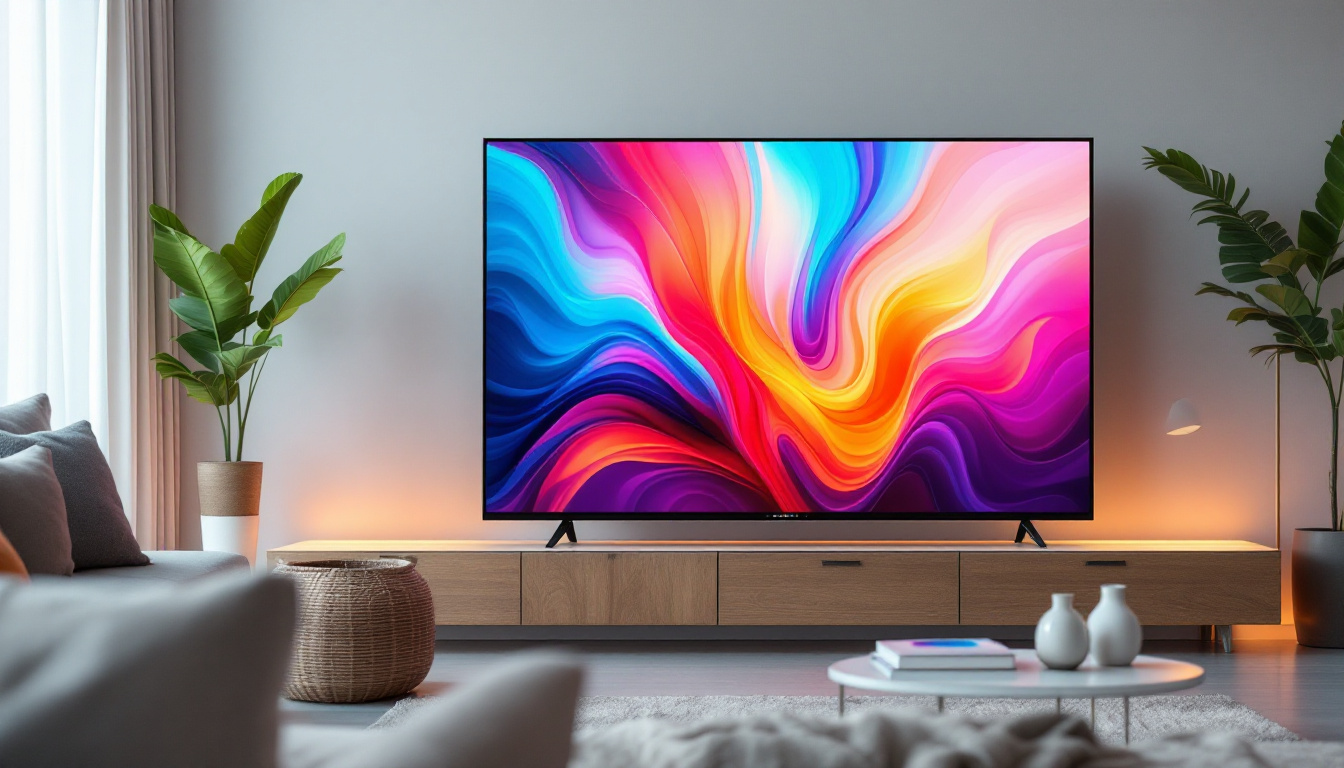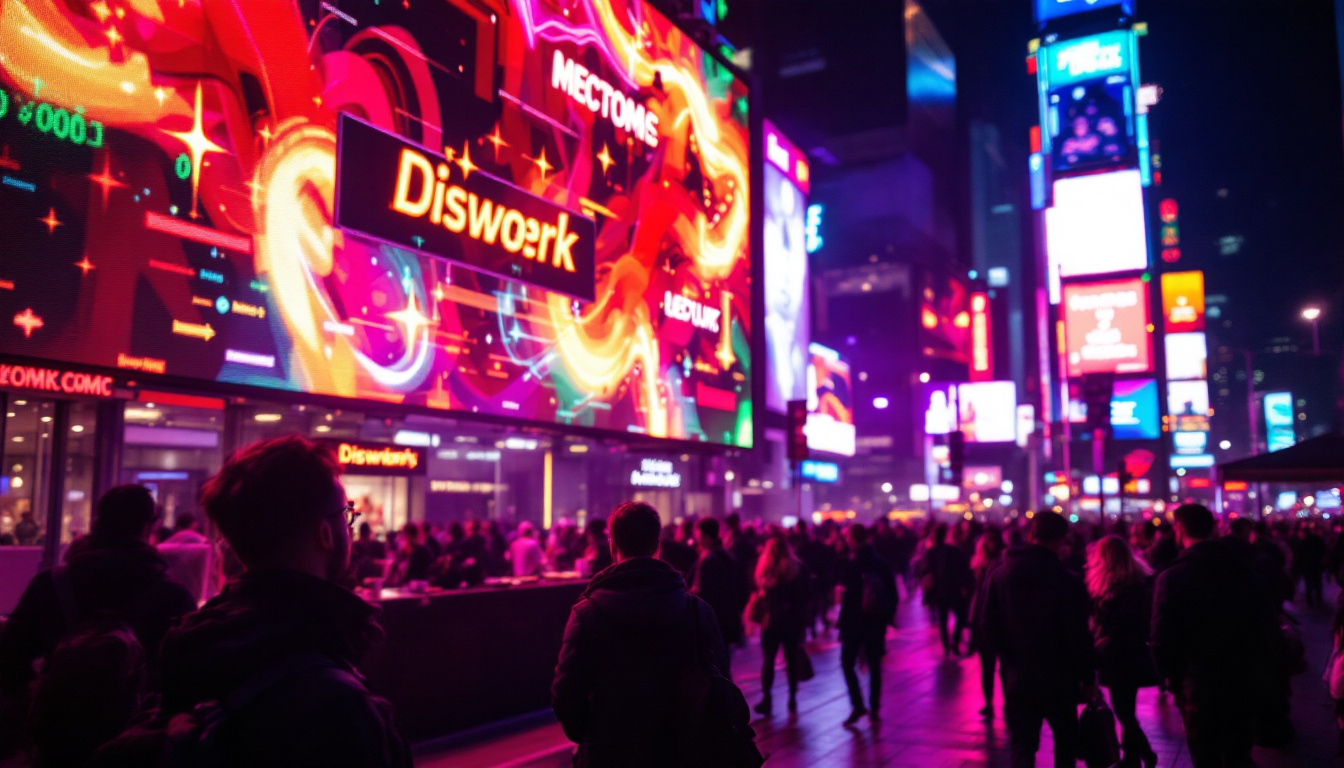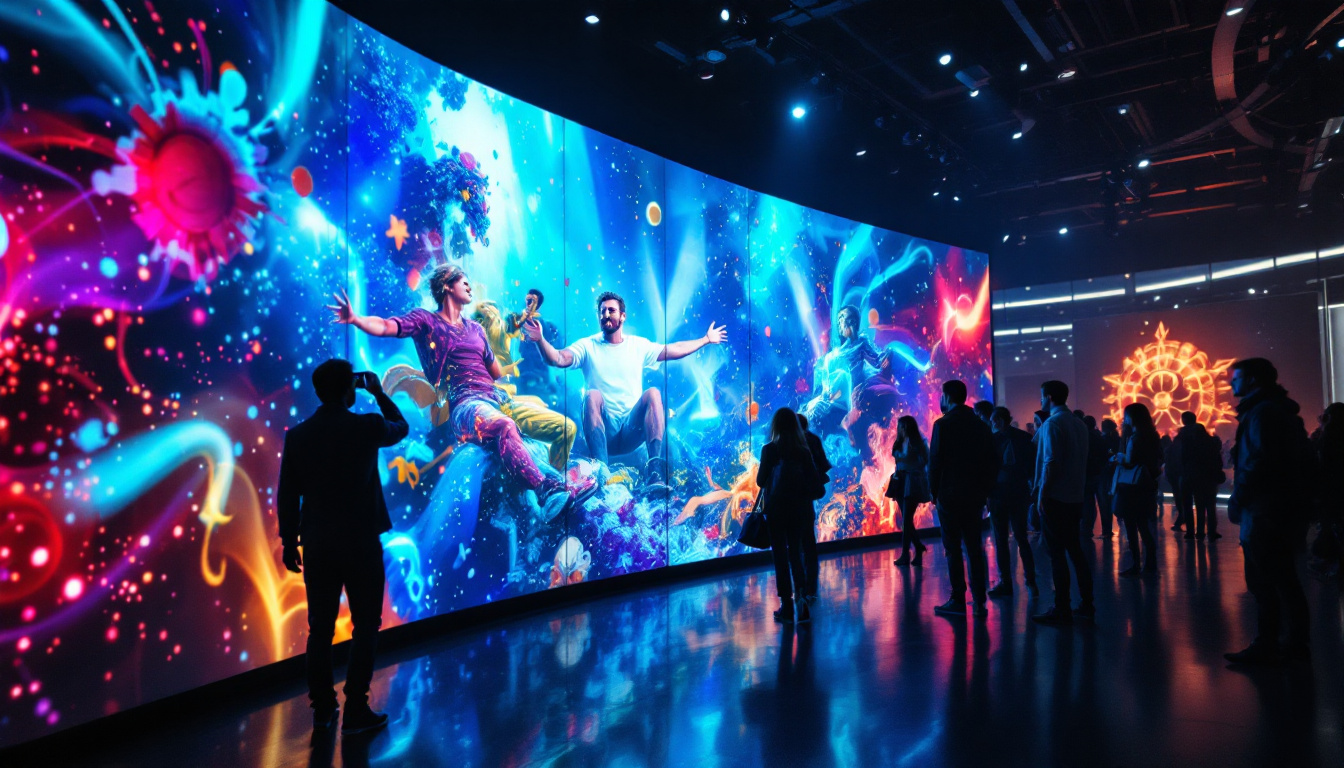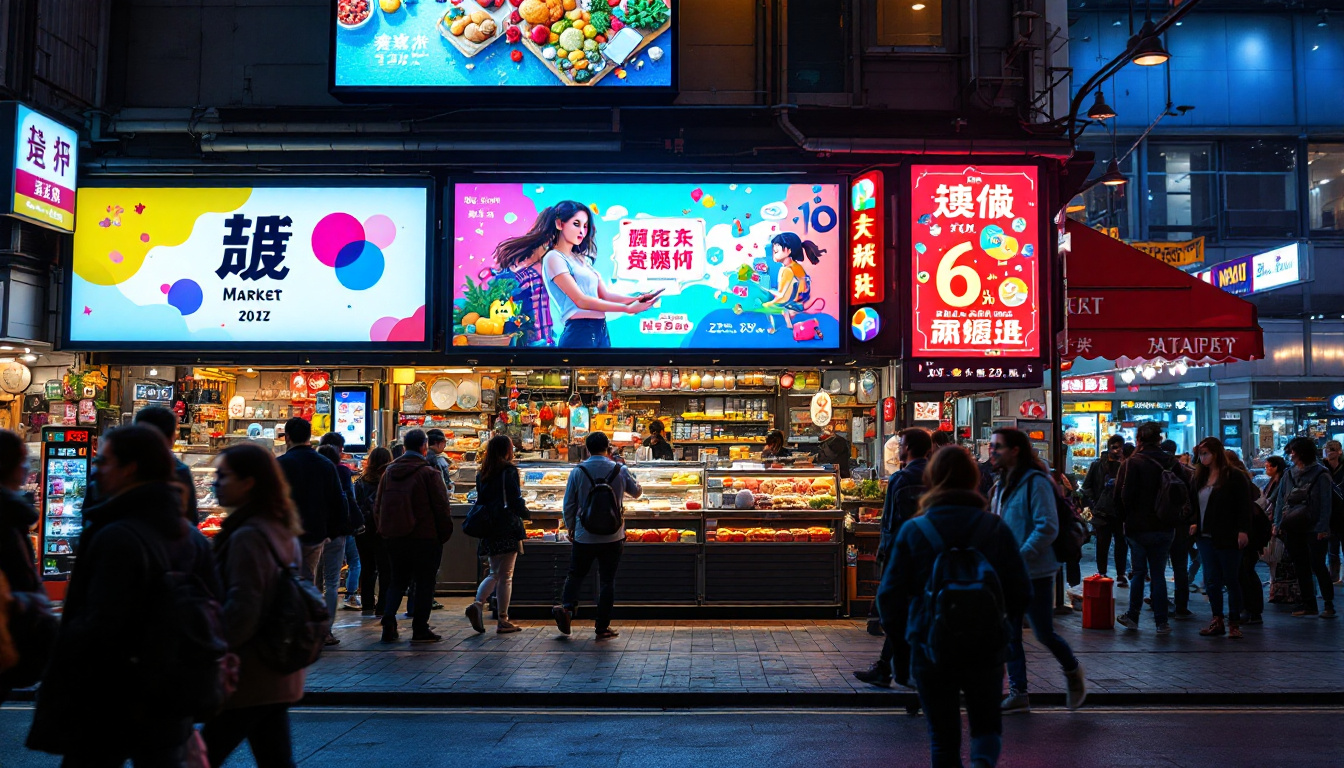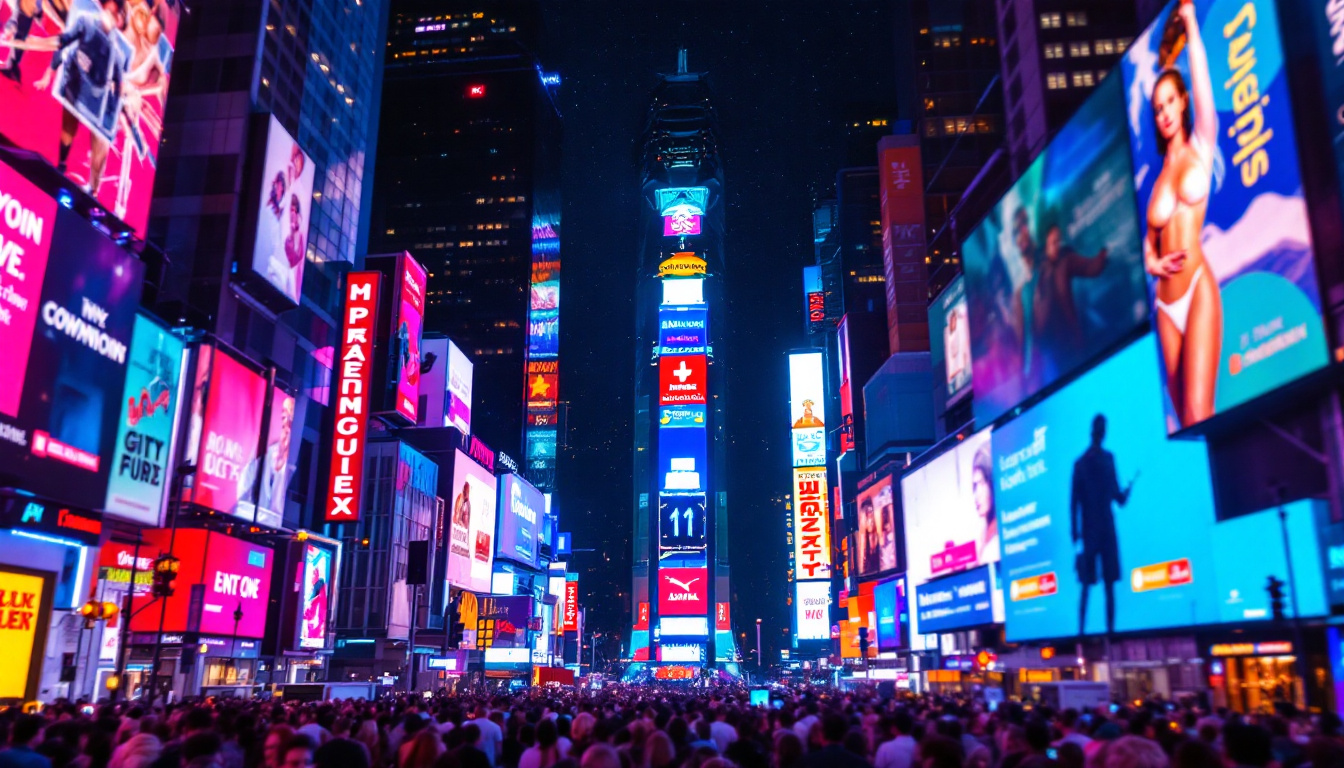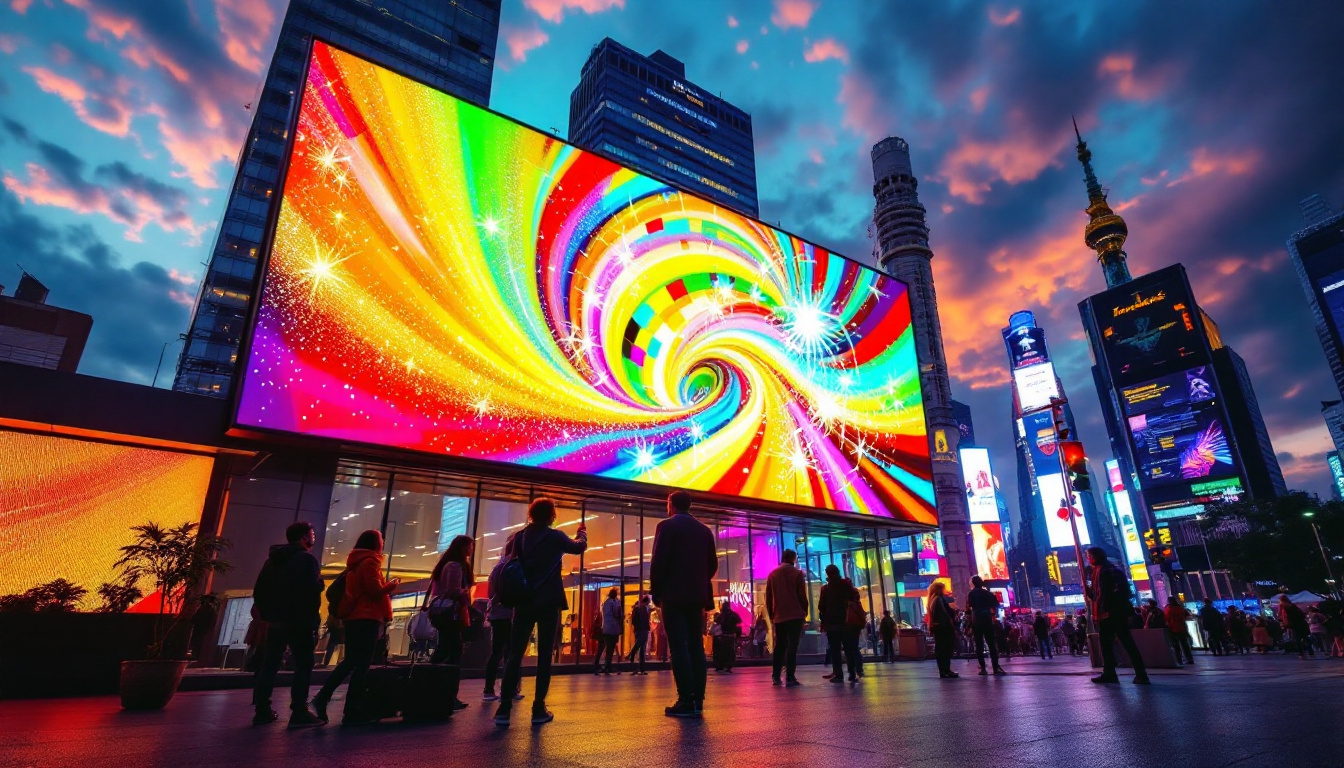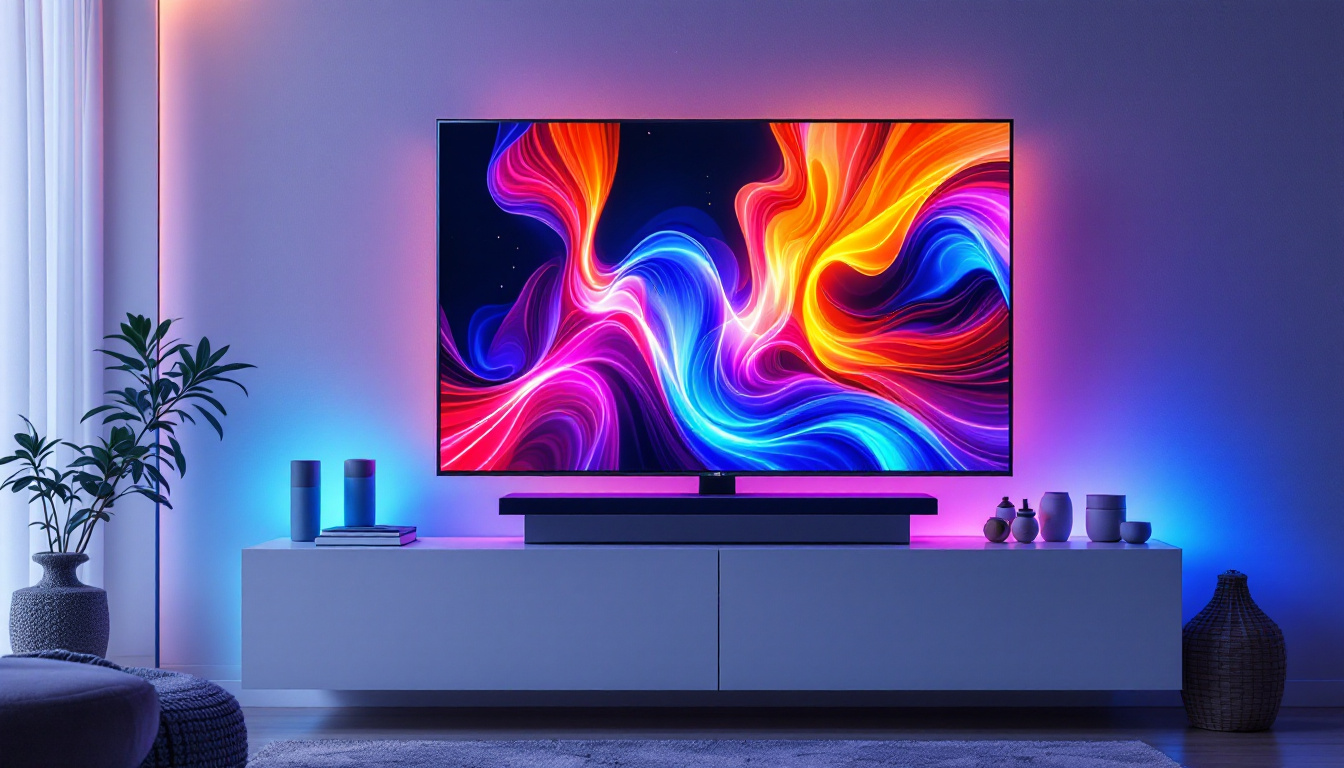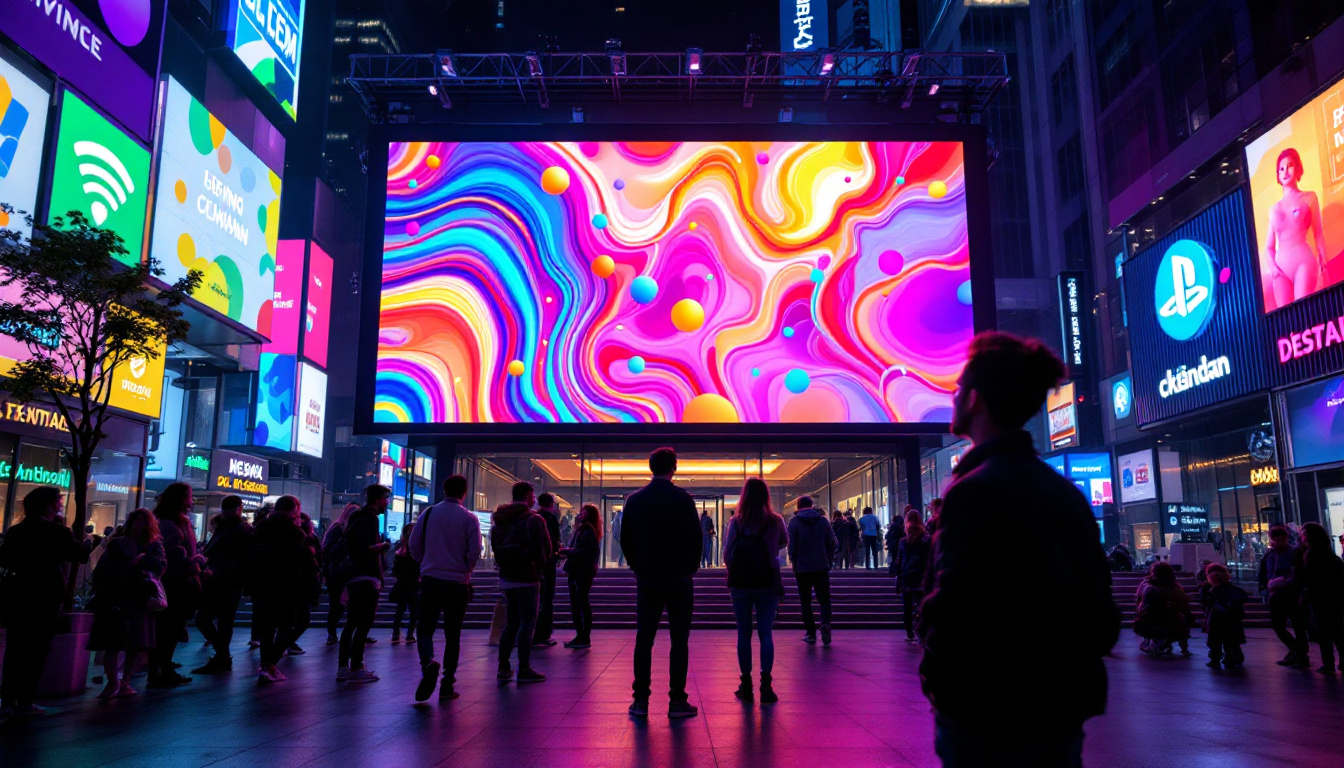In the digital age, LED displays have become a ubiquitous part of our daily lives. From large billboards to small handheld devices, these displays are everywhere. This article delves into the intricacies of LED displays, focusing on their technology, applications, and benefits. By the end, readers will have a comprehensive understanding of what makes LED displays a popular choice in various sectors.
Understanding LED Technology
Light Emitting Diodes (LEDs) are semiconductor devices that emit light when an electric current passes through them. This technology has revolutionized the way displays are designed and manufactured. Unlike traditional incandescent bulbs, LEDs are more energy-efficient, longer-lasting, and capable of producing a wider range of colors. Their compact size and versatility have made them suitable for a variety of applications, from household lighting to intricate electronic displays.
The Science Behind LEDs
The fundamental principle of LED technology lies in electroluminescence. When electrons recombine with holes within the device, energy is released in the form of photons, which we perceive as light. This process is highly efficient, allowing LEDs to produce more light per watt than traditional lighting technologies. Furthermore, the thermal management of LEDs is crucial; effective heat dissipation ensures that the diodes operate within optimal temperature ranges, thereby extending their lifespan and maintaining consistent performance.
Additionally, the materials used in creating LEDs, such as gallium arsenide or gallium nitride, play a crucial role in determining the color and brightness of the emitted light. By adjusting the composition of these materials, manufacturers can create LEDs that emit light across the entire visible spectrum. The innovation in LED technology has also led to the development of multi-color and RGB (Red, Green, Blue) LEDs, which can be combined to produce millions of different colors, enhancing their versatility for creative applications in art and design.
Types of LED Displays
LED displays come in various forms, each catering to different applications and environments. The most common types include:
- Direct View LED Displays: These displays are composed of individual LED modules that can be configured into various shapes and sizes. They are often used for advertising and large-scale displays, such as billboards and stadium screens, where high brightness and visibility are essential.
- LED Backlit Displays: Commonly found in televisions and computer monitors, these displays use LEDs to illuminate an LCD panel from behind, enhancing brightness and color accuracy. The use of local dimming technology in these displays further improves contrast by allowing specific areas of the screen to be dimmed or brightened independently.
- Organic LED (OLED) Displays: Utilizing organic compounds, OLEDs offer superior contrast ratios and flexibility, making them ideal for high-end televisions and smartphones. The ability of OLEDs to achieve true blacks by turning off individual pixels contributes to their popularity in the premium market segment.
Moreover, the advent of MicroLED technology represents the next frontier in display innovation. MicroLEDs consist of tiny, self-emissive pixels that promise even higher brightness levels, improved energy efficiency, and enhanced durability compared to traditional LEDs and OLEDs. This technology is poised to redefine the possibilities for large-scale displays and wearable devices, offering unprecedented image quality and design flexibility.
Applications of LED Displays
The versatility of LED displays allows them to be employed in a wide range of applications. Their ability to deliver high-quality visuals makes them suitable for various industries.
Advertising and Marketing
One of the most prominent applications of LED displays is in advertising. Billboards and digital signage utilize LED technology to capture attention and convey messages effectively. The vibrant colors and dynamic content can engage viewers, leading to higher conversion rates.
Moreover, LED displays can be programmed to change content in real-time, allowing businesses to tailor their messages based on the audience or time of day. This adaptability enhances the effectiveness of marketing campaigns.
Entertainment and Events
LED displays have transformed the entertainment industry, particularly in concerts, theaters, and sporting events. Large-scale LED screens provide audiences with immersive experiences, displaying high-definition visuals that complement performances.
In addition to enhancing the visual experience, LED technology also allows for creative staging and set designs. The flexibility of LED panels enables designers to create unique and captivating environments that elevate the overall experience for attendees.
Transportation and Public Spaces
In transportation hubs such as airports and train stations, LED displays are used for real-time information dissemination. Flight arrival and departure boards, as well as wayfinding signs, utilize LED technology for clarity and visibility.
Public spaces also benefit from LED displays, which can be used for community announcements, event promotions, and public service messages. Their energy efficiency and low maintenance requirements make them a practical choice for municipalities.
Advantages of LED Displays
The growing popularity of LED displays can be attributed to several key advantages that set them apart from traditional display technologies.
Energy Efficiency
One of the most significant benefits of LED displays is their energy efficiency. Compared to traditional incandescent or fluorescent lighting, LEDs consume significantly less power while providing the same, if not better, brightness levels. This efficiency not only reduces electricity costs but also minimizes the environmental impact.
Furthermore, many LED displays are designed with features such as automatic brightness adjustment, which optimizes energy consumption based on ambient light conditions. This smart technology contributes to even greater energy savings.
Longevity and Durability
LED displays are known for their long lifespan, often exceeding 50,000 hours of use. This longevity translates to lower maintenance and replacement costs, making them a cost-effective solution in the long run.
Additionally, LEDs are more durable than traditional display technologies. They are resistant to shock and vibration, making them suitable for outdoor applications and environments where displays may be subject to wear and tear.
High-Quality Visuals
LED displays are capable of producing vibrant colors and high contrast ratios, resulting in stunning visuals. The ability to display a wide range of colors and brightness levels enhances the viewing experience, making them ideal for both indoor and outdoor applications.
Moreover, advancements in LED technology have led to improved pixel density, allowing for higher resolution displays. This development is particularly important in applications such as digital signage and high-definition televisions, where clarity and detail are paramount.
Challenges and Considerations
While LED displays offer numerous advantages, there are also challenges and considerations that potential users should keep in mind.
Initial Costs
One of the primary barriers to adopting LED technology is the initial investment. LED displays can be more expensive to purchase and install compared to traditional display technologies. However, it’s essential to consider the long-term savings in energy costs and maintenance when evaluating the overall cost-effectiveness.
For businesses and organizations, budgeting for LED displays may require careful planning and consideration of return on investment (ROI) projections. In many cases, the benefits outweigh the initial costs, leading to significant savings over time.
Heat Management
LED displays generate heat during operation, which can impact their performance and lifespan if not managed properly. Adequate heat dissipation is crucial to prevent overheating, especially in large-scale installations.
Manufacturers often incorporate cooling systems or design features to address this issue. Users should ensure that their LED displays are installed in environments that allow for proper airflow and cooling to maintain optimal performance.
Viewing Angles and Distance
Another consideration is the viewing angle and distance. While LED displays can produce bright and vibrant images, the quality of the visuals may diminish when viewed from extreme angles or distances. It’s essential to select the appropriate pixel pitch and display configuration based on the intended viewing environment.
For instance, in outdoor settings where viewers may be positioned at various angles, a display with a wider viewing angle is preferable. Understanding these factors can help ensure that the display meets the needs of its audience.
The Future of LED Displays
The future of LED displays is bright, with ongoing advancements in technology and applications. As the demand for high-quality visuals continues to grow, manufacturers are constantly innovating to enhance performance and functionality.
Integration with Smart Technology
One of the most exciting developments in the LED display industry is the integration of smart technology. This includes features such as remote monitoring, content management systems, and connectivity with other devices. Such advancements enable users to control and manage their displays more efficiently, streamlining operations and enhancing user experience.
Additionally, the rise of the Internet of Things (IoT) is paving the way for smarter displays that can adapt to their environment and audience preferences. This level of interactivity is expected to revolutionize how businesses engage with customers through digital signage.
Advancements in Flexibility and Design
As technology evolves, LED displays are becoming increasingly flexible and versatile. Manufacturers are developing thin, lightweight displays that can be curved or shaped to fit unique environments. This flexibility opens up new possibilities for creative installations in architecture, art, and advertising.
Moreover, advancements in transparent LED technology are allowing for displays that can blend seamlessly into their surroundings, creating immersive experiences without obstructing views. This innovation is particularly relevant in retail environments and high-end architectural designs.
Sustainability Initiatives
With growing awareness of environmental issues, the LED display industry is also focusing on sustainability. Manufacturers are exploring eco-friendly materials and production processes to reduce the environmental impact of their products.
Additionally, as LED technology continues to improve, the energy efficiency of displays will further enhance their sustainability profile. Businesses and consumers alike are increasingly prioritizing environmentally friendly solutions, making sustainable LED displays an attractive option for the future.
Conclusion
LED displays have transformed the way we interact with visual information, offering unparalleled advantages in terms of energy efficiency, longevity, and visual quality. Their diverse applications span various industries, from advertising to entertainment and public spaces.
While challenges such as initial costs and heat management exist, the benefits of LED technology far outweigh these considerations. As the industry continues to innovate and evolve, the future of LED displays looks promising, with smart technology integration, flexible designs, and sustainability initiatives leading the way.
In summary, understanding LED displays is essential for anyone looking to leverage this technology for business or personal use. As they become increasingly integral to our digital landscape, staying informed about their capabilities and advancements will ensure that users can make the most of what LED displays have to offer.
Explore Cutting-Edge LED Displays with LumenMatrix
Ready to elevate your visual experience with the latest in LED display technology? LumenMatrix is at the forefront of innovation, offering a wide array of LED display solutions that cater to every need. Whether you’re looking for an Indoor LED Wall Display, a vibrant Outdoor LED Wall Display, or specialized options like Vehicle LED Displays and LED Sports Displays, LumenMatrix has you covered. Our mission is to transform visual communication, ensuring your message resonates with brilliance and clarity. Don’t miss out on the opportunity to captivate your audience. Check out LumenMatrix LED Display Solutions today and see your vision come to life.


